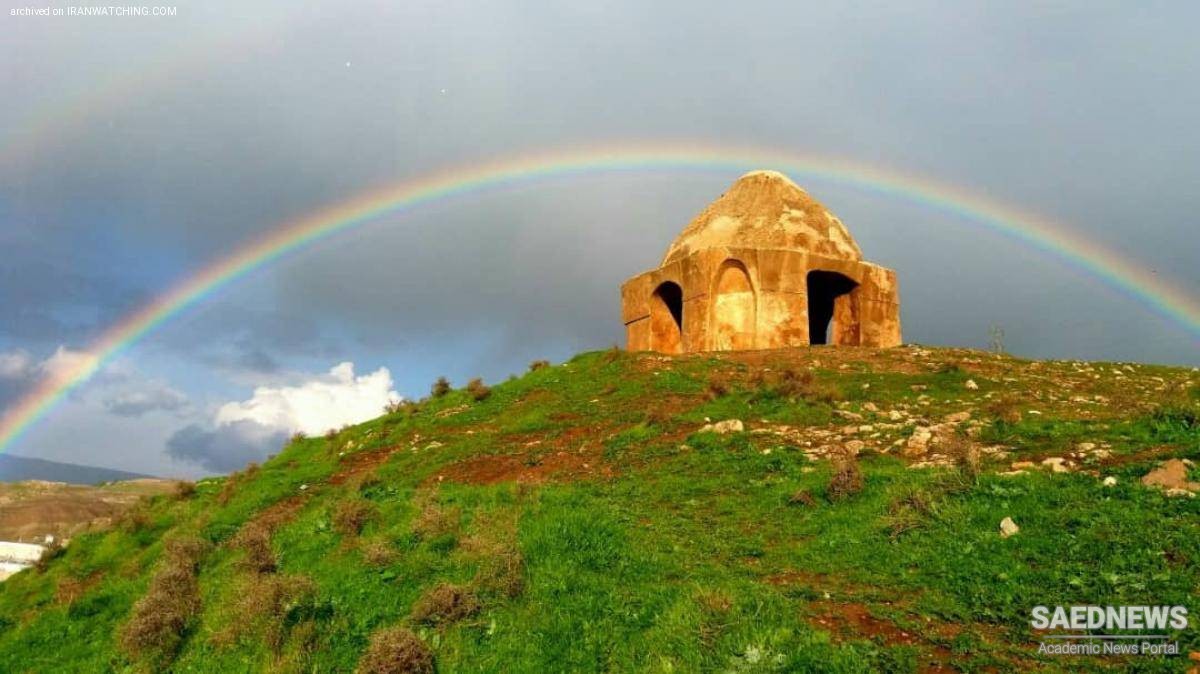The common handicrafts of this province include carpet, rug, drugget, felt and coarse blanket weaving. People of this province are Kurds, Laks and Lurs, they speak in Laki, Kurdish and Luri. Based on the archeological excavations in Ali Kosh ancient area, the civilization of this province dates back to New Stone Age circa 8000 B.C.
The land which is called Īlām now was a part of the ancient Elamite civilization that was formed circa 3000 BC, and was destroyed by Assyrian King Ashurbanipal in 640 BC.
Abtāf Falls
These falls which are among the beautiful falls of Īlām Province, are located in the road of Meimeh to Pahle Zarrīn in the town of Dehlorān. It is a favorite resort for the local people.
Choghā Sabz Forest Park
This park with an area of 4000 hectares is one of the pleasant parks of Īlām and plant life includes oak, pistachio, hawthorn and other types of trees. Other kinds of trees like pine, mountain almond, spruce pine and walnut have been artificially planted in this park. Rare species of birds like bittern also inhabit this park.
The ancient city of Darreh Shahr
The remains of this ancient city are located between the village of Bahman Ābād and the modern town of Darreh Shahr. Arches, domes and many other signs of the city life have been found there.
Civilization in these remains date back to the Sassanid dynasty (224-651), during the reign of Khosro III.
Assyrian Inscriptions
Or Golgol stone inscription is located near Golgol village on a wall of a mountain 25 kilometers from the city of Īlām. This carved stone belongs to Ashurbanipal of the 7th century BC. This illustrates an Assyrian (Āshūri) soldier with an arrow in his hand, a star and the moon above his head. At the bottom, there are some sentences written in cuneiform script.
Vālī Castle
This castle was built in 1906 during the reign of the Qājār dynasty. The main building materials include stone, plaster and marble. It is one of the beautiful monuments of the city of Īlām.


 Sumerian Civilization: the Origin and Repercussions
Sumerian Civilization: the Origin and Repercussions














































